I'm designing a PCB with a Telit GL865 GSM/GPRS module. I find this example in Internet and I am wondering why has it got a ferrite bead on 3.3V power supply line.
Some extre values from datasheet:
Vin between 3.22V and 4.5V (Extended mode) and 3.4V to 4.2V (Normal Operating Mode)
Iaverage=360 mA Ipeak_max = 2A in 0.625ms when the module is sending a GPRS message
Two questinos about:
1) What is the sense of put a ferrite bead in DC power supply lines? 2) How can I choose the appropiate value of it?
